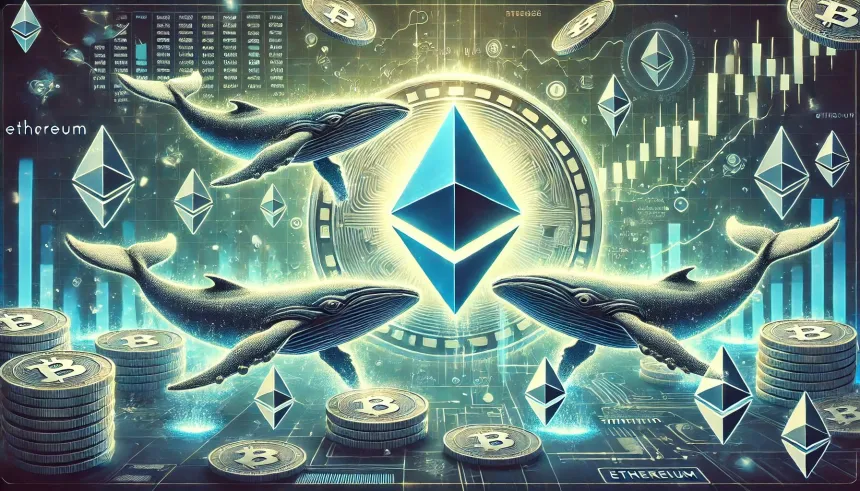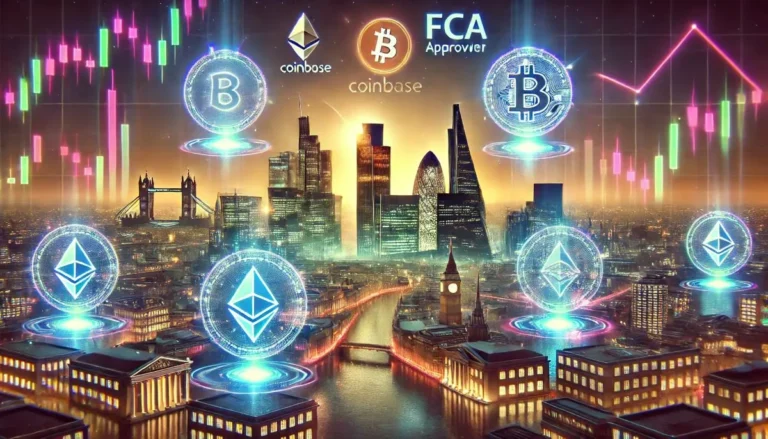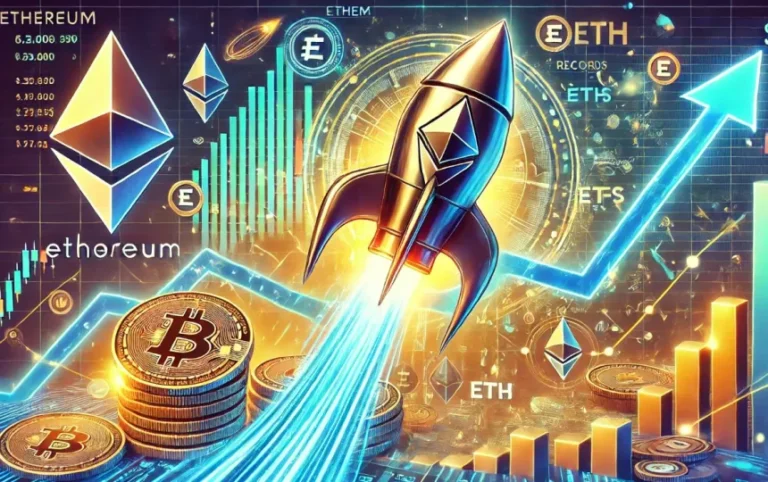
The Ethereum (ETH) market has been abuzz with activity, particularly from whale investors who continue to accumulate despite the cryptocurrency’s recent price struggles. Experts monitoring blockchain data have identified a trend of massive accumulation by these influential players, hinting at potential long-term confidence in Ethereum’s ecosystem and future growth.
Whales Accumulating in Bearish Markets
Ethereum, the second-largest cryptocurrency by market capitalization, has faced price challenges in recent months, trading within a narrow range. While retail traders remain cautious, on-chain analytics reveal that large holders – often referred to as “whales” – are taking advantage of the price stagnation to increase their holdings.
According to data from Glassnode and Santiment, wallet addresses holding between 1,000 and 100,000 ETH have seen significant inflows over the past few weeks. These whales now collectively control a more significant portion of Ethereum’s total supply than at any point in 2023.
Why Are Whales Buying?
Experts suggest several reasons for this massive accumulation:
- Anticipation of Ethereum’s Future Growth:
Ethereum’s ongoing development, including upgrades like the Shanghai hard fork and innovations in scaling solutions, continues to strengthen its network and utility. Whales may view the current price levels as undervalued compared to Ethereum’s long-term potential. - Institutional Adoption:
Ethereum remains a leading blockchain for decentralized finance (DeFi) and non-fungible tokens (NFTs), sectors that have gained traction among institutional investors. With traditional finance firms increasingly exploring Ethereum-based products, whales might be positioning themselves ahead of a broader market rally. - Staking Rewards Post-Merge:
Since Ethereum transitioned to a proof-of-stake (PoS) model, staking has become a key feature of its ecosystem. Whales, who can stake large amounts of ETH, are likely motivated by the attractive yields offered through staking rewards, even during periods of price stagnation.
What Does This Mean for the Market?
The accumulation by whales often signals bullish sentiment in the market. Historically, whale activity has preceded significant price movements, as their buying patterns can create supply shortages that push prices higher. However, this does not guarantee an immediate price rally. Market conditions, macroeconomic factors, and investor sentiment also play critical roles.
In the short term, Ethereum’s price may continue to face headwinds from factors such as regulatory uncertainty, volatile macroeconomic conditions, and competition from other blockchains. Nevertheless, the steady accumulation by whales suggests that the broader outlook remains positive.
Expert Opinions
Commenting on the trend, blockchain analyst Alex Krüger noted, “Whale accumulation is always a positive sign for any asset. It indicates that sophisticated investors with a long-term view see value at current levels. For Ethereum, this could be tied to expectations of increased utility, network upgrades, and growing institutional adoption.”
Similarly, crypto strategist Michaël van de Poppe tweeted, “Ethereum whales buying during price struggles indicates confidence in the asset’s fundamentals. This is usually a strong signal for long-term holders.”
Retail Investors: What Should You Do?
While whale activity is a valuable market indicator, retail investors should remain cautious and conduct thorough research before making decisions. Monitoring whale wallets and on-chain data can provide insights into market sentiment, but cryptocurrency investments always carry risk due to their volatile nature.
Conclusion
Ethereum whales appear to be making strategic moves as the price struggles, suggesting that they see untapped potential in the cryptocurrency’s future. While retail investors might feel hesitant during uncertain times, the accumulation by these influential players could signal confidence in Ethereum’s long-term fundamentals.
As the market evolves, all eyes will remain on the blockchain’s performance, network upgrades, and how whale behavior continues to shape the broader market dynamics.






